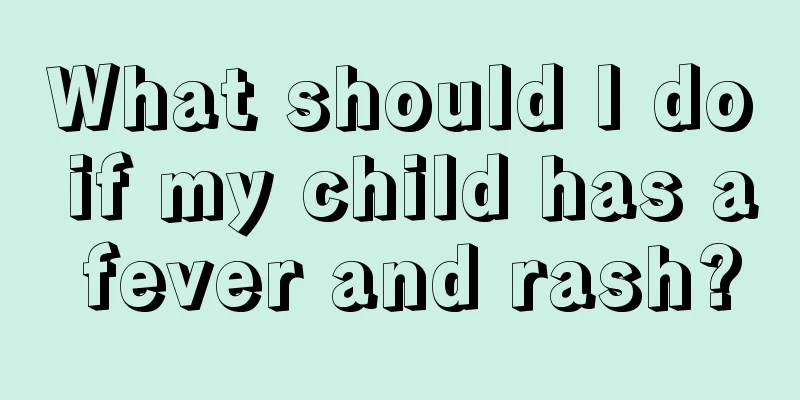Is there any relationship between broken palm lines and Down syndrome?

|
Most children with Down syndrome have a broken palm, so many mothers will think that their children have Down syndrome when they find that their children have a broken palm. In fact, this idea is completely wrong. Most children with Down syndrome have a broken palm, but it does not mean that all children with a broken palm have Down syndrome. This is a sufficient but not necessary condition. It mainly depends on the child's acquired development. If you are really worried, you can go to the hospital for a comprehensive examination, and don't make a judgment on your own.
Most children with Down syndrome have the broken palm line. But that can’t be said to be all. Therefore, some children with Down syndrome do not have broken palm lines. Children with Down syndrome generally have mental retardation, a small and round head, a flat nose, small and upward slanted palpebral fissures, wide eyes, half-open mouth, tongue that often sticks out of the mouth, low ears (the upper edge of the ears is below the horizontal line of the eyes); short and thick neck, short fingers and toes, inward-curved fingers, a single fold on the little finger that runs through the hand; a proximal arch pattern on the ball of the big toe, and the distance between the big toe and the second toe widens to resemble a "straw foot". It is often accompanied by deformities of the reproductive organs, heart, digestive tract, and bones; low immunity, and the incidence of acute leukemia is about 20 times higher than that of ordinary children. In the past, the life expectancy of patients was very low, but the average life expectancy of patients has increased to around 50 years, only slightly lower than that of normal people.
Data from genetics and medicine proves that a broken palm is caused by the father having cardiovascular or digestive system diseases, and his offspring will also have such diseases. Babies born to older mothers with Down syndrome often have a broken palm. According to clinical statistics, more than 80% of palm breaks are hereditary, with parents or family members having them. It is estimated that people with broken palms account for about 5 to 10 per million of the Chinese population, but are less common in Europeans and Americans.
Down syndrome baby, also known as congenital idiocy baby, commonly known as Down syndrome baby. It is the most common human chromosomal disease and the most common cause of mental retardation. The disease is closely related to the mother's gestational age. The patient has severe mental retardation, a small and round head, a flat nose, small and upward slanting palpebral fissures, wide eyes, half-open mouth, tongue that often sticks out of the mouth, low ears (the upper edge of the ears is below the horizontal line of the eyes); short and thick neck, short fingers and toes, inward-curved fingers, a single fold on the little finger that runs through the hand; a proximal arch pattern on the ball of the big toe, and the distance between the big toe and the second toe widens to resemble a "straw foot". It is often accompanied by deformities of the reproductive organs, heart, digestive tract, and bones; low immunity, and the incidence of acute leukemia is about 20 times higher than that of ordinary children. They generally do not survive to adulthood. |
<<: What to do if you have a baby with Down syndrome
>>: What causes baby's cleft lip?
Recommend
White spots on newborn's legs
If there are white spots on the legs of a newborn...
How many days will it take for the infantile rash to go away?
In daily life, roseola infantum is a relatively c...
Viral herpes stomatitis in children
Viral herpes stomatitis is more common among infa...
What should I do if my child has a tooth cavity?
Teeth are important organs that help people chew ...
Why does the child have cold hands and feet and hot body?
Children's physical health is very easily dam...
The best way to treat myopia in children
Faced with heavy academic workload and the tempta...
Skipping Rope for ADHD
In our lives, many children are prone to ADHD, es...
If a child accidentally falls on the back of his head, parents must handle it properly!
Children are usually naughty. If parents do not p...
Can thrush grow on the tongue?
Children often get thrush because of their low re...
Why do children only have fever and no other symptoms?
Fever often occurs after a cold, so it is not wro...
What does dental pit and fissure sealing mean?
Maybe many people don’t know about dental pit and...
The harm of blue light exposure to newborns
After a newborn is born, the doctor will observe ...
What should I do if my child has skin allergies? This will make up for the mistake!
Some parents will supplement their children with ...
Is it okay to feed baby formula while he is sleeping?
Many babies still have the habit of sucking after...
What to do if your child has internal heat and can't defecate
Because the climate is relatively dry in spring a...









